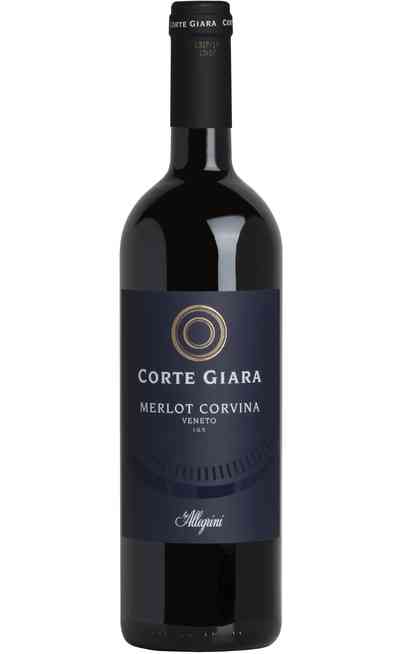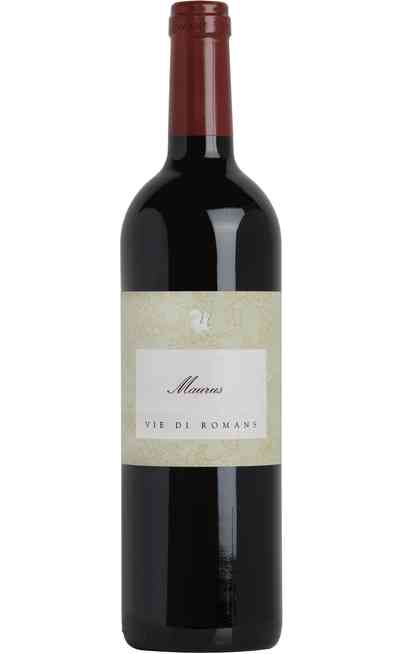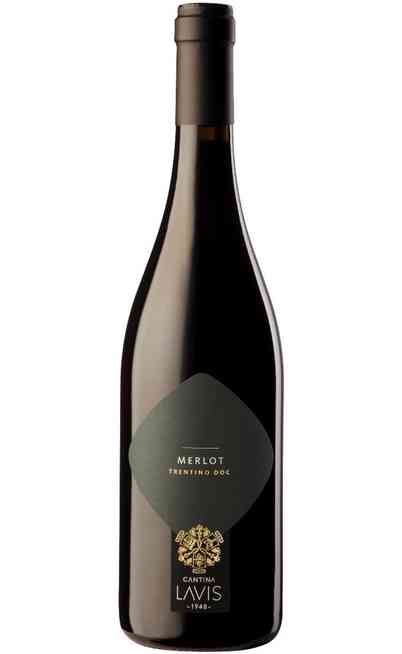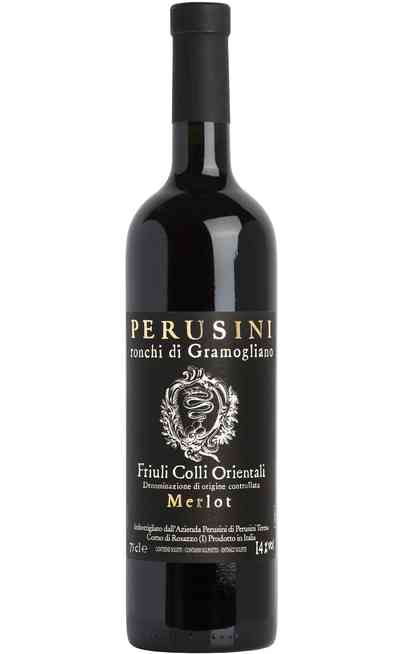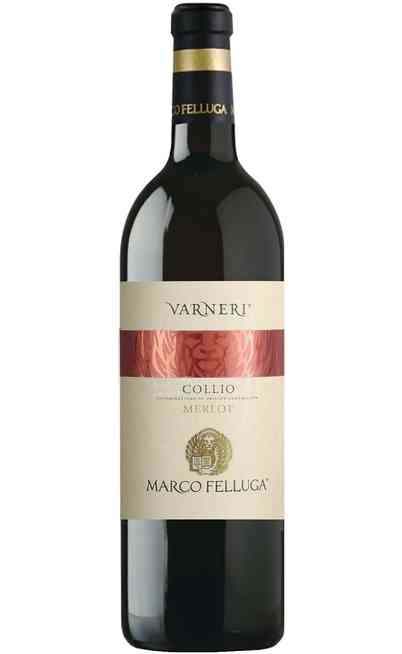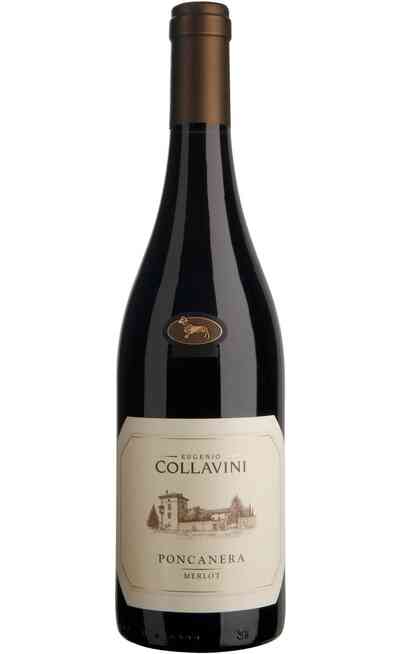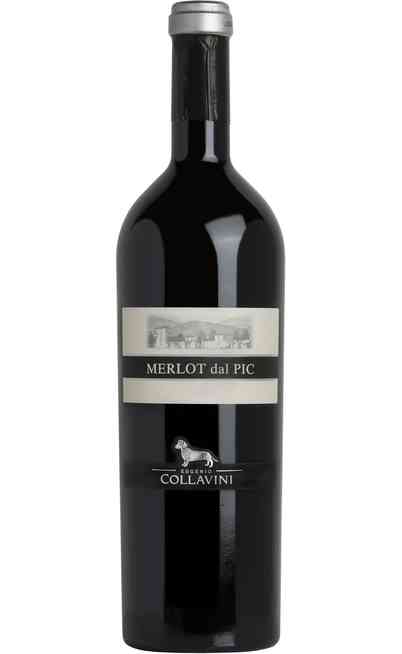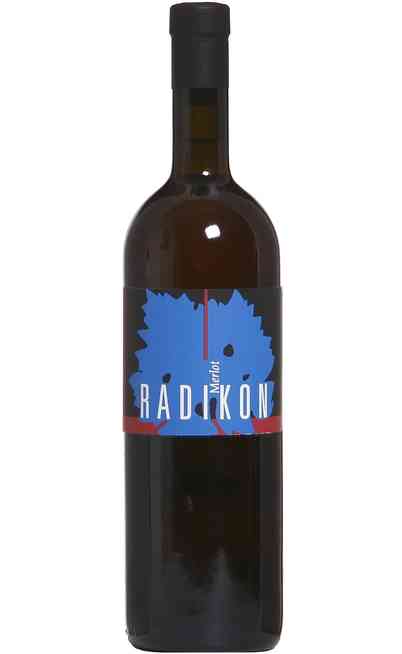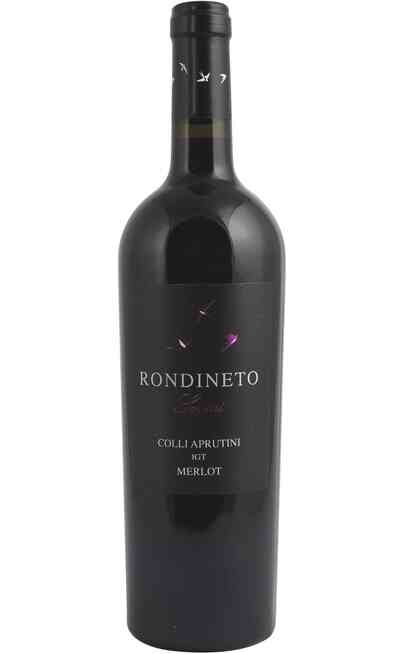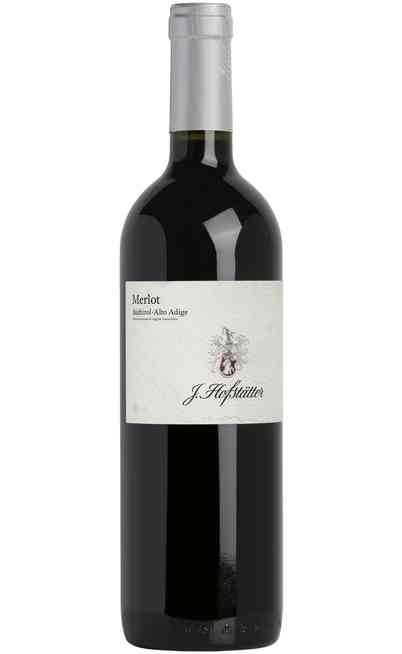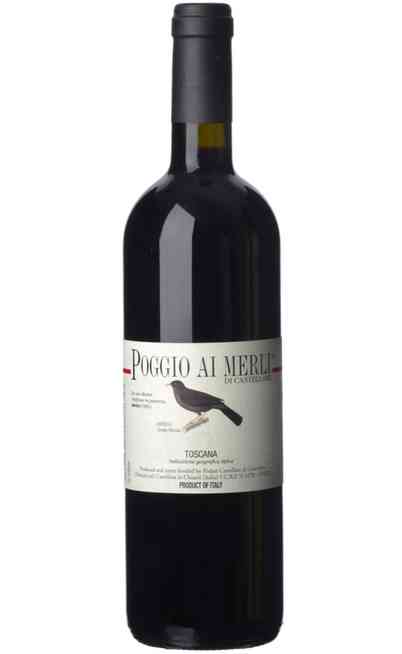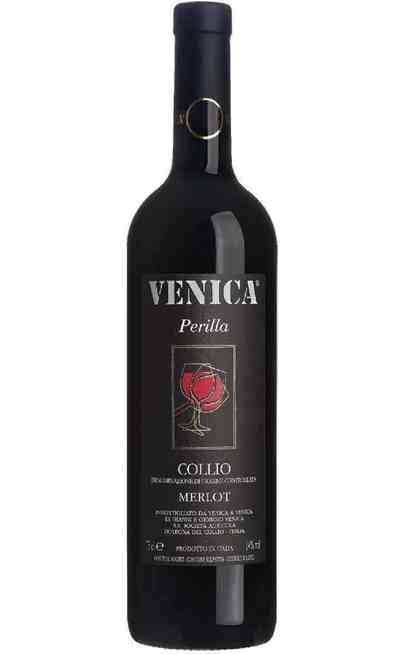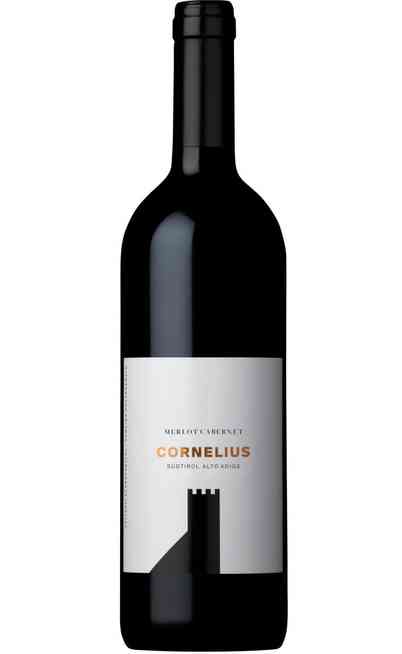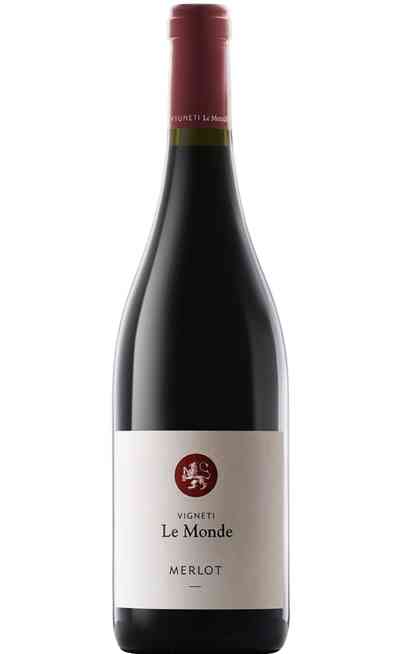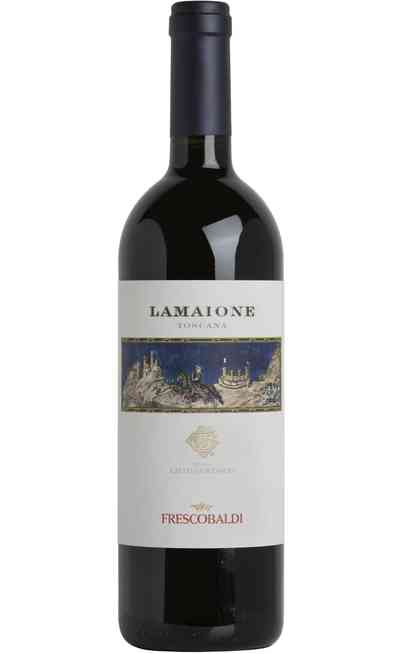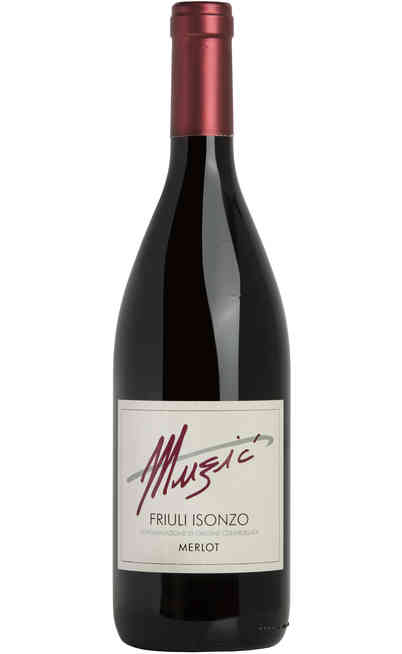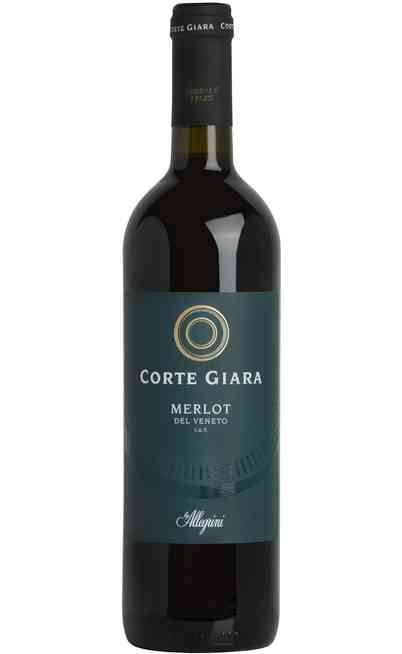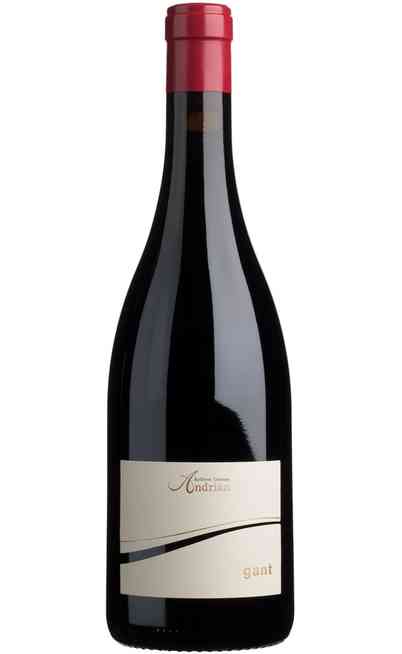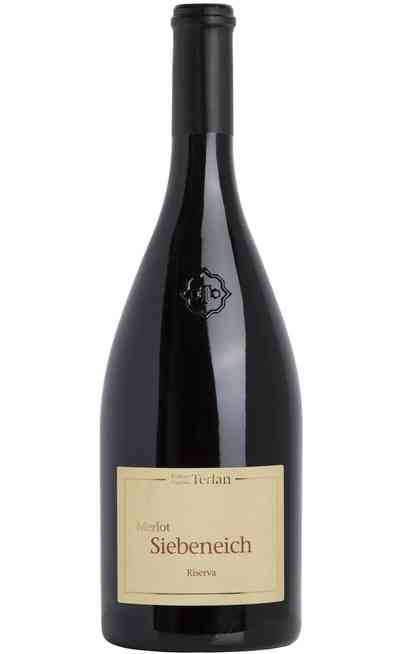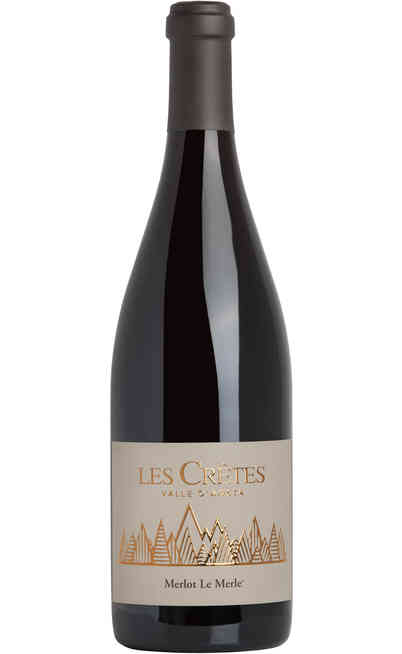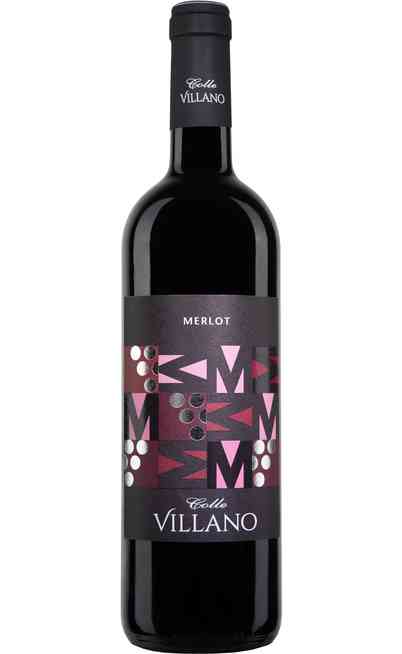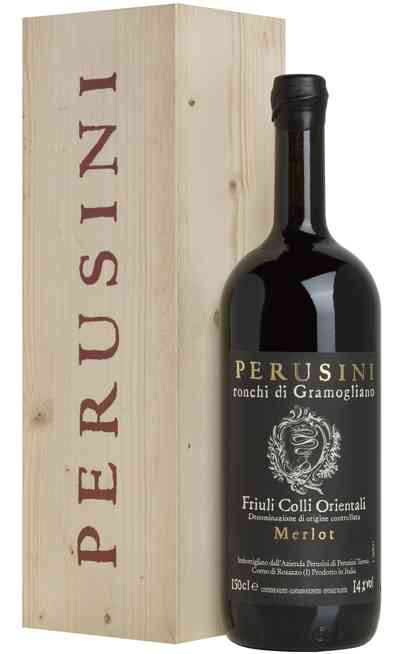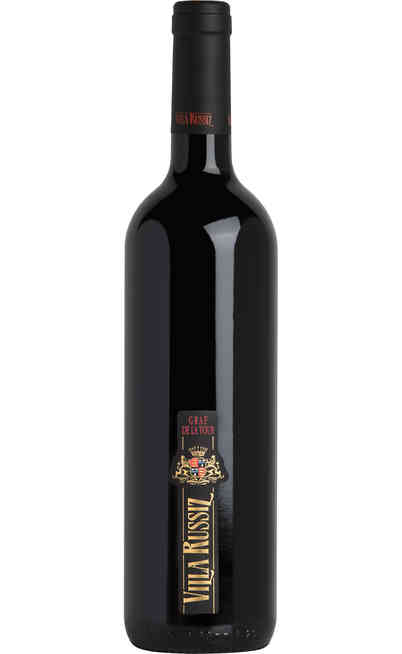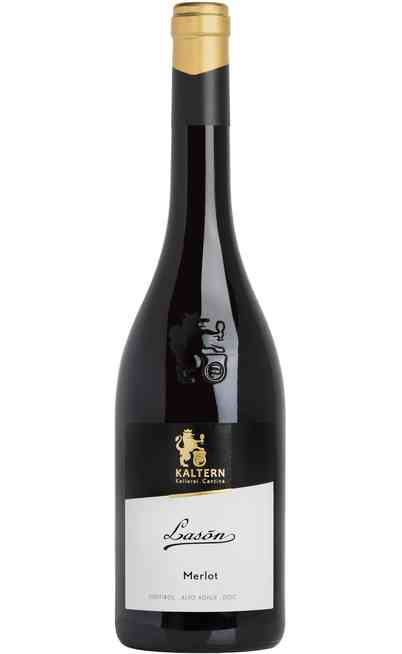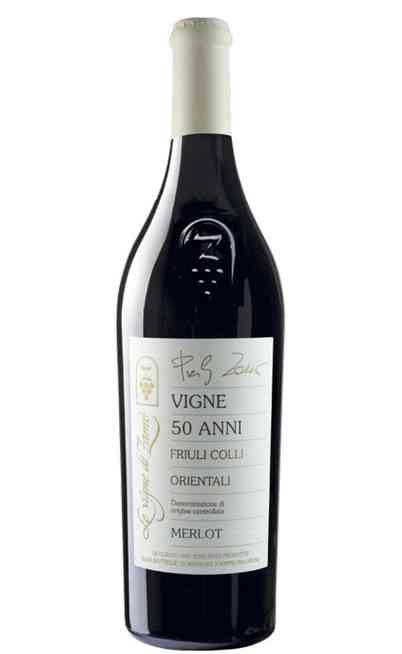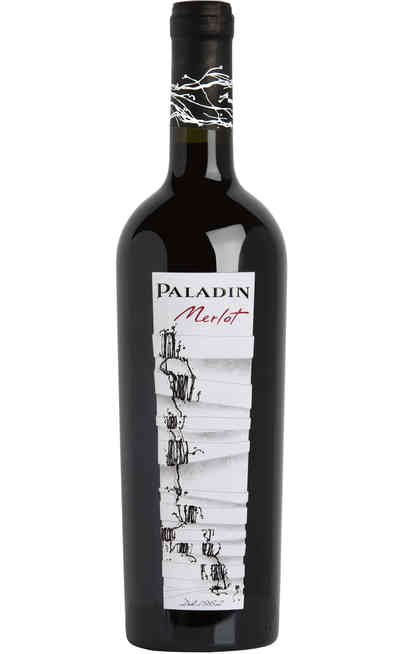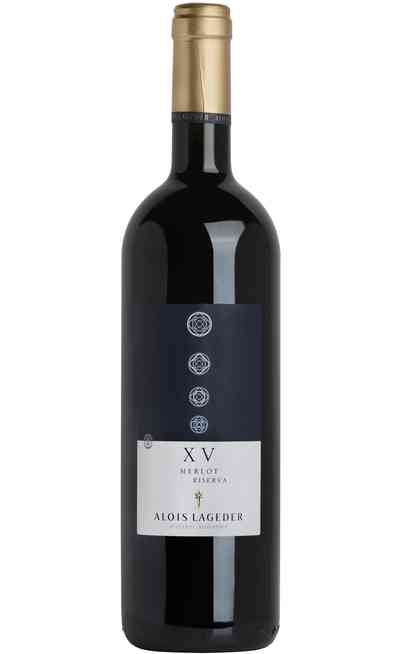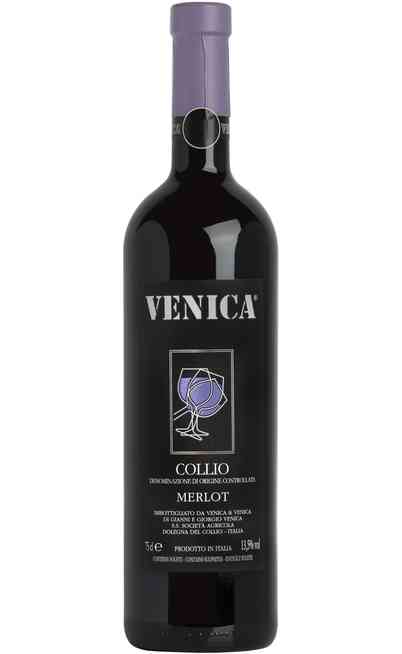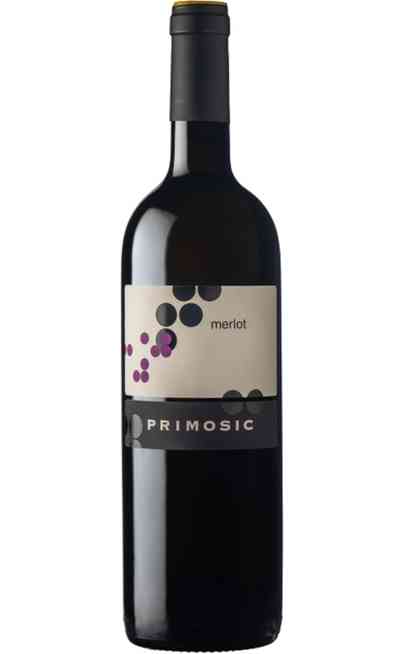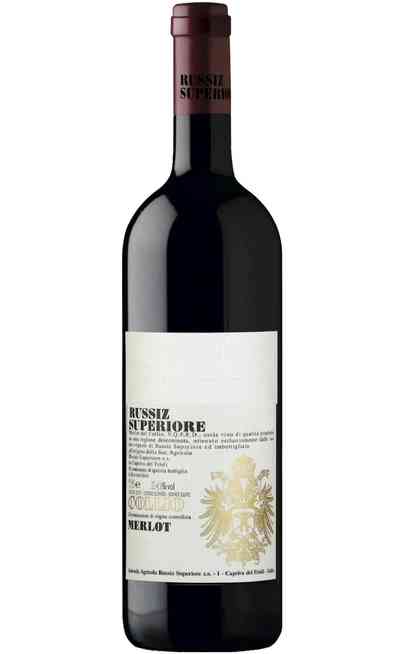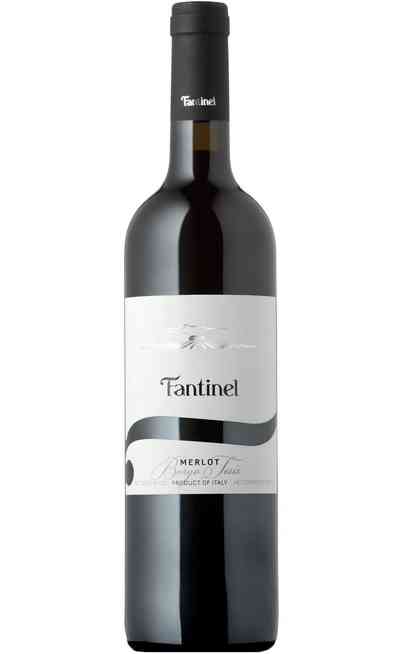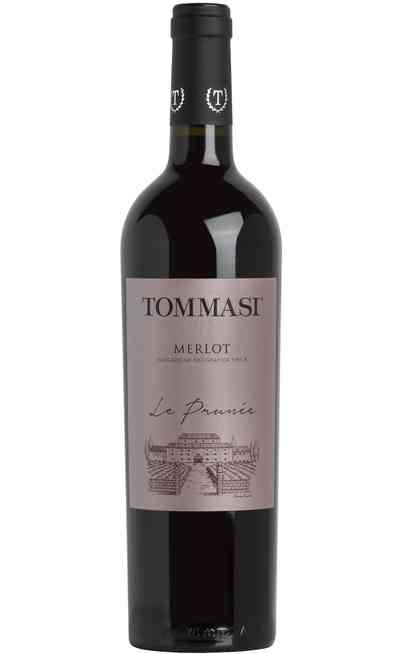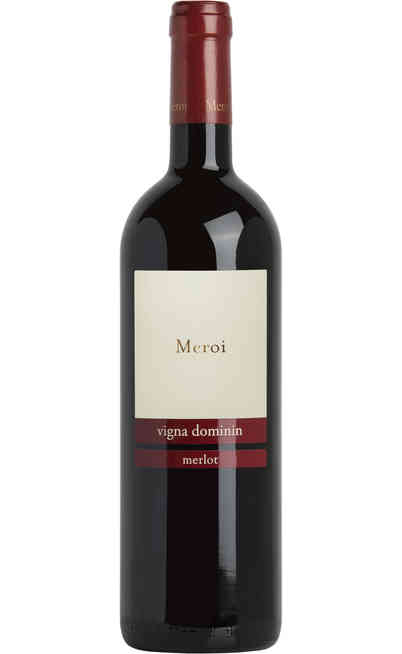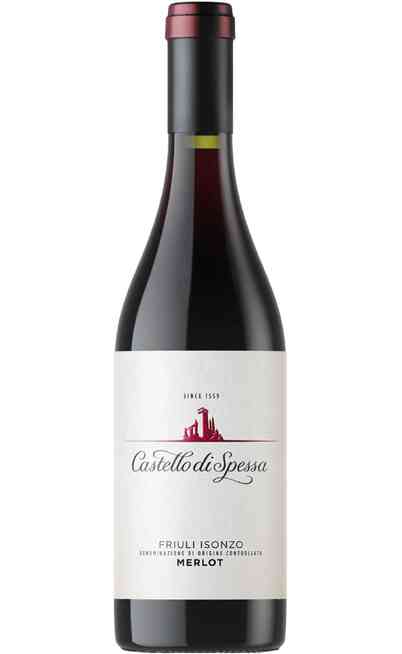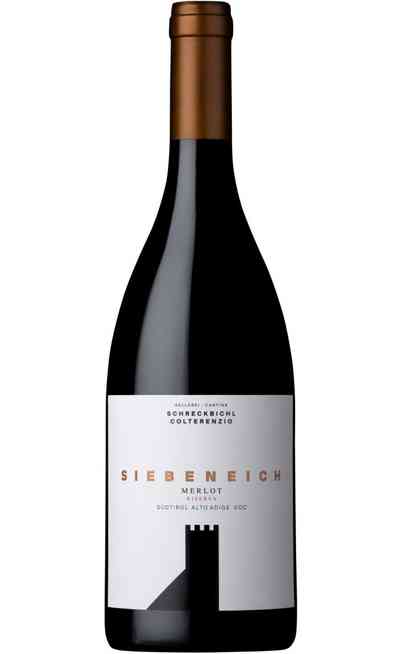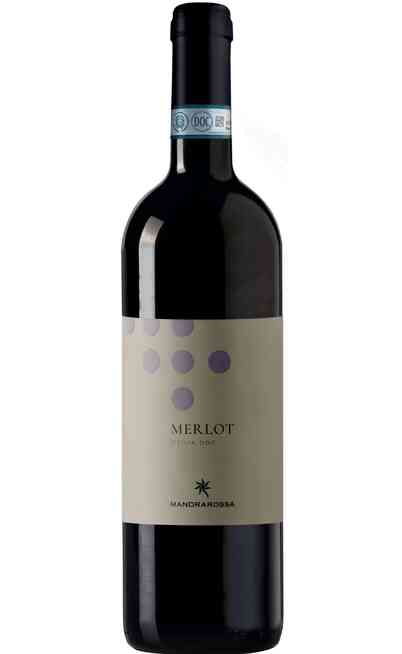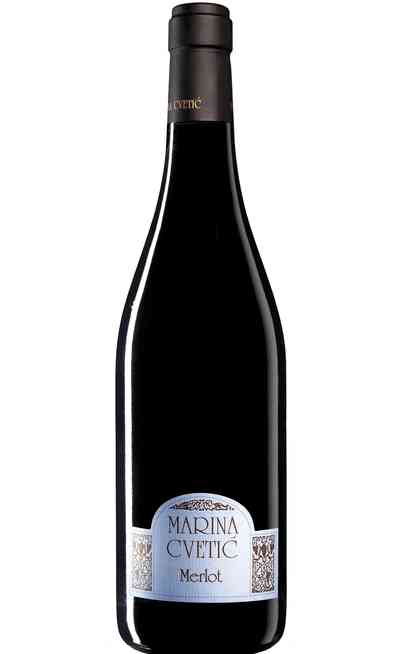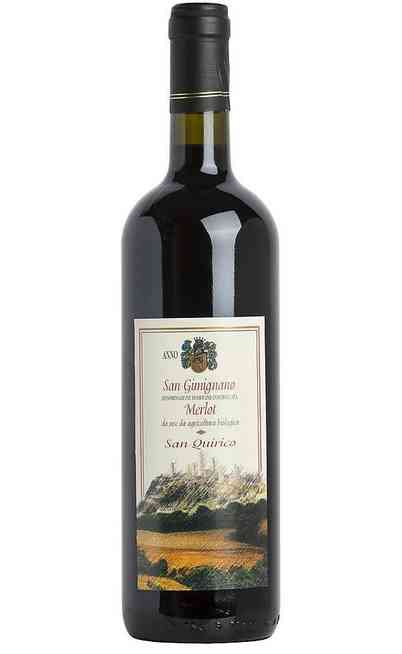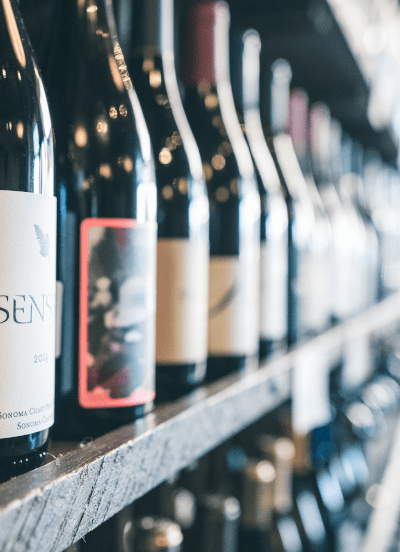
Merlot wine: origins and historical hints
Also known as the wine of sincerity, Merlot was introduced in Friuli Venezia Giulia in 1869 by the French count Teodoro de La Tour, and then spread quickly in Veneto and Trentino Alto Adige where he found ideal environmental conditions, with sometimes surprising results.
Particularly appreciated among the Friulian reds, Merlot wine owes its name to the homonymous black berry vine, originating in the Gironde, in the south-west of France, and in particular the area of Bordeaux.
In most wine-growing areas of the world, Merlot is invariably accompanied by Cabernet Sauvignon. The two varieties are perfectly integrated: the first giving the wine its full and ripe fruit, the second, more tannic, a greater aristocratic character and longevity. In Bordeaux it is customary, according to the areas, to add in the composition of the wine a percentage of French Cabernet which, besides a fruity component, gives it pleasant herbaceous and vegetal sensations.
Grapes and characteristics of production
For the denominations of Controlled Origin the Production Regulations, approved by ministerial decree, allow the use of grapes from the Merlot grape in a minimum percentage of 85%. It is also allowed the use of other vines suitable for cultivation in the region of Friuli Venezia Giulia for the remaining 15%, provided these are considered indigenous.
From a varietal point of view, the grape variety is black and shiny, has medium-sized leaves and pentagonal shape, trilobed and pentalobate depending on the height on the vine and therefore the sun exposure. The cluster as a whole is of medium size, pyramidal shape and more or less scattered and depending on the sun exposure has one or two wings. The berry is medium, round and black, tending to deep blue when exposed to the sun. The skin is of medium consistency and is covered with an abundant plum. It is also characterized by remarkable vigor and abundant production, even constant over time, can give rise to pouring and acing in case of particularly cold and humid years. For the cultivation and the breeding it prefers hilly and fresh soils, with good humidity, it strongly fears dry climates and soils rich in limestone.
Organoleptic characteristics and pairings of Merlot wine
From the point of view of visual analysis it has a clear garnet color with slight violet nuances that emerge especially if crossed by light. Appreciated among the Friulian wines for the complex aromatic bouquet, the Merlot on the nose expresses fragrant and intoxicating notes of flowers and fruits of all seasons.
The taste has, in fact, a remarkable vinosity, incredible harmony and persistence. It is clearly perceived the aromas of cask given by the aging, those of spring flowers, red and violet fruits, peach and even hay, all further enriched by very light nuances of dried fruit. Overall the taste is quite tannic, soft and full-bodied, characteristics that make Merlot a red wine of remarkable complexity and elegance.
It is tasted perfectly at the service temperature of 16 kg. after a short decanting. More refined versions can also be served at 18 ºC. It also goes very well with white meat dishes or if red, briefly cooked and without sauce or with cheeses characterized by medium seasoning. In some slightly aged productions it goes well with fatty fish such as eel or particularly tasty, such as stewed cod. Discover the entire selection of Merlot wines for sale on Negoziodelvino and buy online your quality bottles to bring to the table the best of the Friulian tradition.


